Connected TV on Google Marketing Platform

Introducing Connected TV
Connected TV (CTV), along with Over-the-Top (OTT) and Advanced TV (ATV), has changed how people consume content and how brands connect with audiences. Referring to a television set connected to the internet – whether a Smart TV or through devices like Apple TV, Roku, and Chromecast – this technology enables viewers to stream on-demand videos, live TV, and even interact with ads on their television screens.
With CTV, viewers enjoy more control, pausing, rewinding, and watching their favorite content whenever they want. For advertisers, it means access to advanced targeting, innovative ad formats, and measurable results. As streaming continues to dominate, the opportunities for brands to reach engaged audiences through CTV, OTT, and ATV are greater than ever.

Digitl Is Certified for CTV
Digitl is the first company in the DACH region to achieve Google Marketing Platform certification for Connected TV. This certification was awarded following the successful submission of outstanding project examples that demonstrated innovation, strategic planning, advanced methodology, and measurable results. These examples highlighted partnerships with direct advertisers and agencies, leveraging Display & Video 360 and Google Ads to execute impactful CTV campaigns. Additionally, an in-depth interview detailed Digitl’s approach to client collaboration, organizational structure, and future vision for CTV advertising.
As the first certified Google Marketing Platform CTV partner in the DACH region, Digitl is uniquely positioned to support brands and agencies with adopting Connected TV.
Benefits of Using Display & Video 360 for CTV
Maximizing CTV Campaign Effectiveness with DV360
 Extensive Reach & Access to YouTube CTV
Extensive Reach & Access to YouTube CTV
DV360 provides access to unparalleled reach across premium CTV inventory, including YouTube, Netflix, Joyn, DAZN, Sky, Disney Plus, and many more. Crucially, it is the only demand-side platform that offers access to YouTube CTV inventory, which is essential for maximizing reach in CTV campaigns. YouTube is the number one platform in reach among all ad-supported over-the-top and CTV services, making it a critical component of any comprehensive CTV strategy.
 Unique Media Unification Capabilities
Unique Media Unification Capabilities
DV360 enables advertisers to unify their media buying across multiple channels and formats, including CTV, within a single interface. This approach allows for cross-channel integration, overarching frequency capping across YouTube and other media formats (even with Programmatic Guaranteed deals), and streamlined workflow for planning, managing, and measuring performance across YouTube and other CTV inventory. Furthermore, DV360’s Cross-Media Reach reporting tool delivers insights for digital and TV, including the intersection between the two.
 Access to Detailed Data for MMM through Meridian
Access to Detailed Data for MMM through Meridian
Through Google’s Meridian solution, DV360 offers detailed data for Marketing Mix Modeling (MMM), enabling advertisers to analyze CTV campaign performance and optimize media mix across channels and platforms. Meridian MMM, an open-source tool by Google, uses aggregated data and statistical models to measure marketing effectiveness and its impact on outcomes like sales or conversions. As an officially certified Google Meridian partner, Digitl empowers businesses to maximize the potential of their CTV and overall marketing campaigns.
Why Using CTV

Shifted User Behavior
According to a recent Goldbach study, CTV viewing time continues to rise, now rivaling linear TV. Audiences are actively choosing streaming services over traditional television, drawn to the flexibility and diverse content offerings of CTV platforms. Unlike linear TV, CTV provides access to a broader range of content, from on-demand shows to live programming, catering to individual viewing preferences.
With CTV apps becoming part of daily media habits, engagement levels remain consistently high. This shift in viewing behavior opens new opportunities for brands to connect with audiences in a more relevant and impactful way.

Advertiser Opportunities
CTV offers advertisers a powerful and data-driven way to connect with audiences. Compared to classic TV, advanced targeting capabilities enable precise audience segmentation, ensuring that campaigns reach the right viewers at the right time. With detailed insights and analytics, advertisers can measure performance in real time and optimize campaigns for maximum impact.
Interactive ad formats and flexible campaign execution create new engagement opportunities, while the ability to unify CTV with other digital channels enhances overall reach and efficiency. Additionally, CTV provides a cost-effective alternative to traditional TV advertising, making premium inventory accessible to brands of all sizes. By integrating CTV into omnichannel strategies, advertisers can extend their reach, improve ad effectiveness, and drive better business outcomes.
Google’s CTV Features & Capabilities

Effective Frequency Management
Effective frequency management is key to maximizing campaign efficiency and user experience. DV360 offers advanced frequency control across devices and inventory types, ensuring optimal ad exposure without over-delivery. This involves using signals like signed-in IDs for YouTube and Identifier for Advertising (IFA) for premium CTV inventory. It also includes employing modeling techniques to manage frequency across YouTube and premium publisher inventory.

Reach Planner in DV360
Reach Planner is Google’s media planning tool designed to forecast total reach, frequency, and Gross Rating Points (GRPs) across linear TV, YouTube, and third-party video inventory. By providing deduplicated reach estimates, it helps advertisers optimize media plans for maximum impact and efficiency.
Cross-Media Reach Report
The Cross-Media Reach Report provides insights into the overlap and incremental reach between digital and traditional TV campaigns. By combining data from trusted third-party partners for linear TV and Display & Video 360 for digital, it delivers a comprehensive view of deduplicated audience reach across both mediums.
Reporting on Unique Reach Overlap
Unique Reach Overlap reporting helps measure audience duplication between YouTube and third-party CTV partners, enabling smarter reach and frequency optimization. By identifying overlap, advertisers can adjust campaign-level frequency caps or shift delivery across publishers to improve efficiency. The report can be run using either DV360 or CM360, depending on the buying approach.
Reporting on Added Reach on CTV
Reporting on Added Reach on CTV measures the additional unique users reached at the campaign level by applying frequency management. This insight is particularly valuable when frequency management is implemented at the campaign level. It helps advertisers understand the incremental reach gained from optimizing frequency, ensuring campaigns reach new audiences without unnecessary overlap.
Sell-Side & Publisher Audiences
Most premium CTV publishers and broadcasters can layer their own first-party data on top of both reservation buys and programmatic deals. This is particularly valuable when aiming to target very specific audiences who typically engage with content from a particular broadcaster or publisher. Sell-side targeting offers a range of popular audience capabilities, helping advertisers reach the right viewers more effectively. Seller-defined audiences segment users based on interest and purchase intent, using the IAB Tech Lab audience taxonomy standard. This process does not rely on personally identifiable information (PII) or cookies, ensuring privacy is respected. When a publisher is using Google’s SSP (Google Ad Manager), they can pass their Publisher Provided Identifier (PPID) as part of the deal, enabling the inclusion of first-party data. Alternatively, publishers can provide Publisher Provided Signals (PPS) for contextual targeting, offering additional flexibility in campaign optimization.


Advanced CTV Projects with Digitl
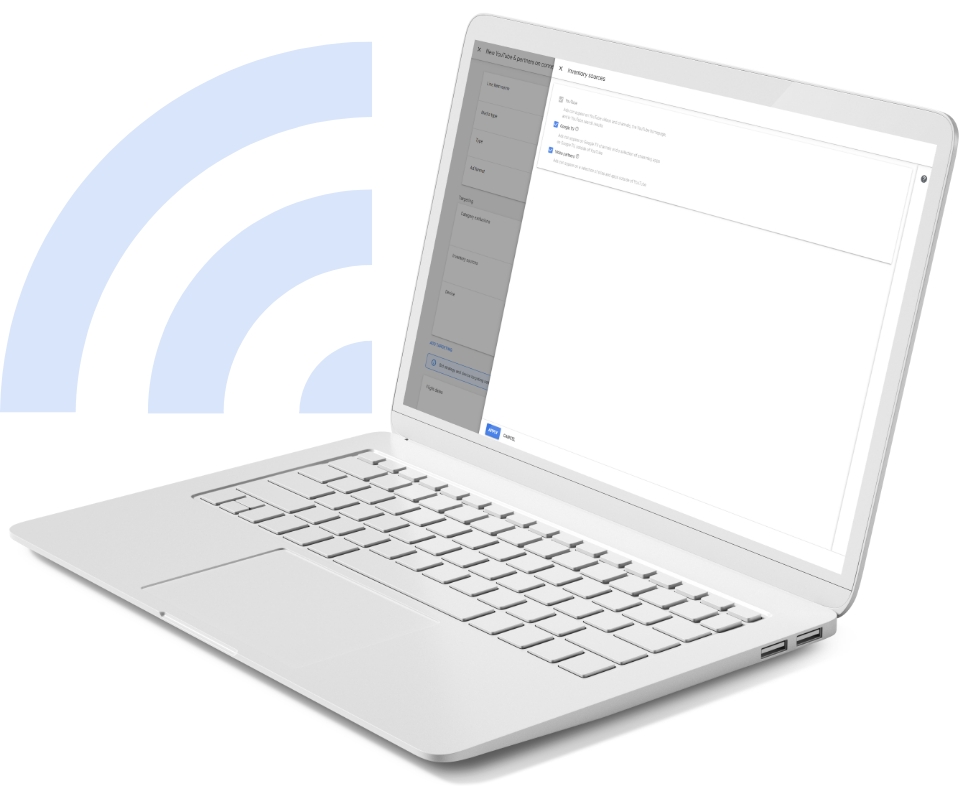
Implementation
Support with the implementation of the technical infrastructure needed to run CTV campaigns successfully on Google technology. This includes onboarding and preparing DV360 accounts for activation and CM360 accounts for trafficking CTV creatives, connecting YouTube channels, supporting with publisher enablement (publisher connections, insights, and deals) and and enabling third-party publisher inventory in DV360, including existing commitments.

Capability Building
CTV capability building is about developing expertise and knowledge in programmatic CTV advertising and holistic activation, through providing in-depth understanding of the CTV programmatic ecosystem, hands-on training, education on best practices, and troubleshooting support. The goal is to equip organizations with the skills and knowledge to effectively navigate the complexities of CTV advertising, optimize campaign performance, and achieve optimal results.
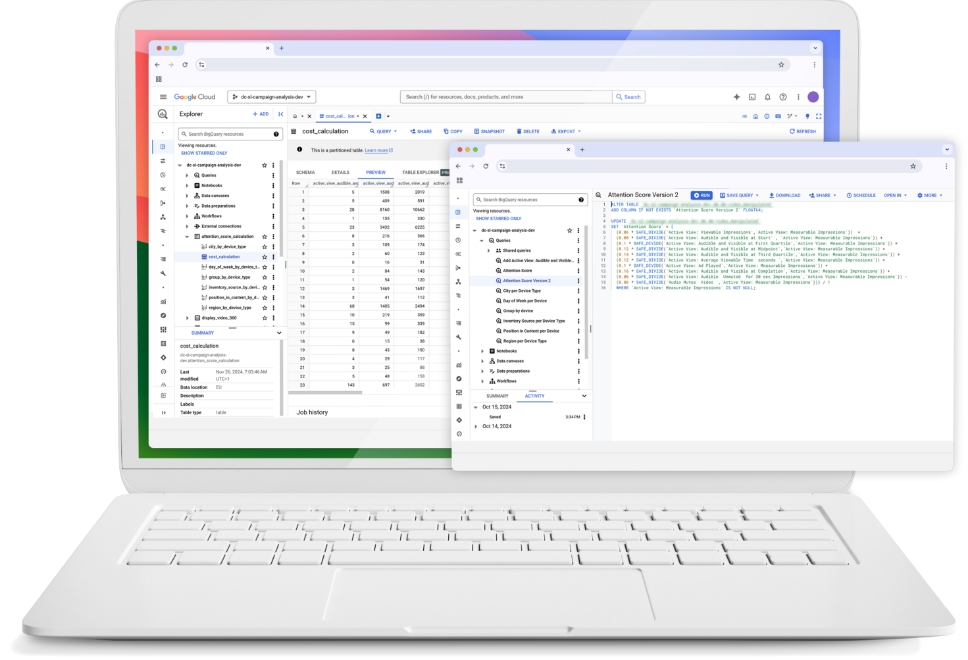
Advanced Analysis
Advanced analysis for CTV allows advertisers to gain deeper insights into campaign performance, user behavior, and engagement across various factors. This helps to fine-tune strategies and improve overall campaign effectiveness by understanding the nuances of audience interaction and response. A key example is Attention Score, which combines aspects around viewability, audibility, and user engagement data to offer a more accurate measurement of attention. This metric helps advertisers optimize their campaigns by identifying placements where users are most receptive, allowing for better targeting and improved results.
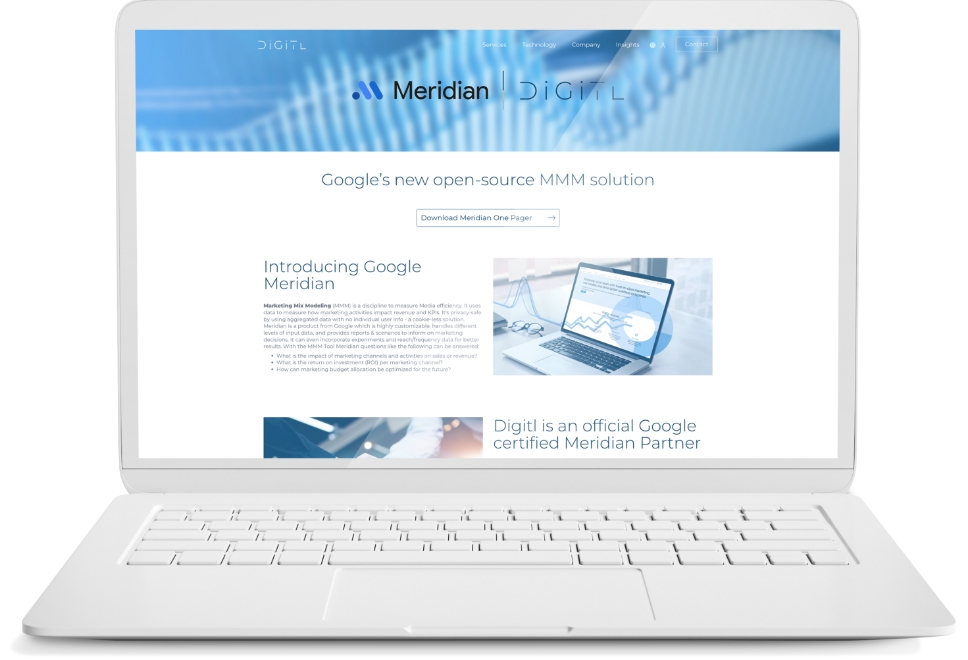
Marketing Mix Modeling
Marketing Mix Modeling (MMM) helps advertisers assess the impact of various marketing channels on sales and business outcomes. By evaluating the contribution of CTV alongside other channels, MMM provides valuable insights into how different media types influence overall performance. This allows advertisers to optimize budget allocation effectively, ensuring resources are directed to the most impactful channels. Incorporating external factors, such as seasonality or market trends, MMM helps create a more accurate picture of campaign performance. With these insights, advertisers can make data-driven decisions to enhance their media strategy and maximize return on ad spend (ROAS).
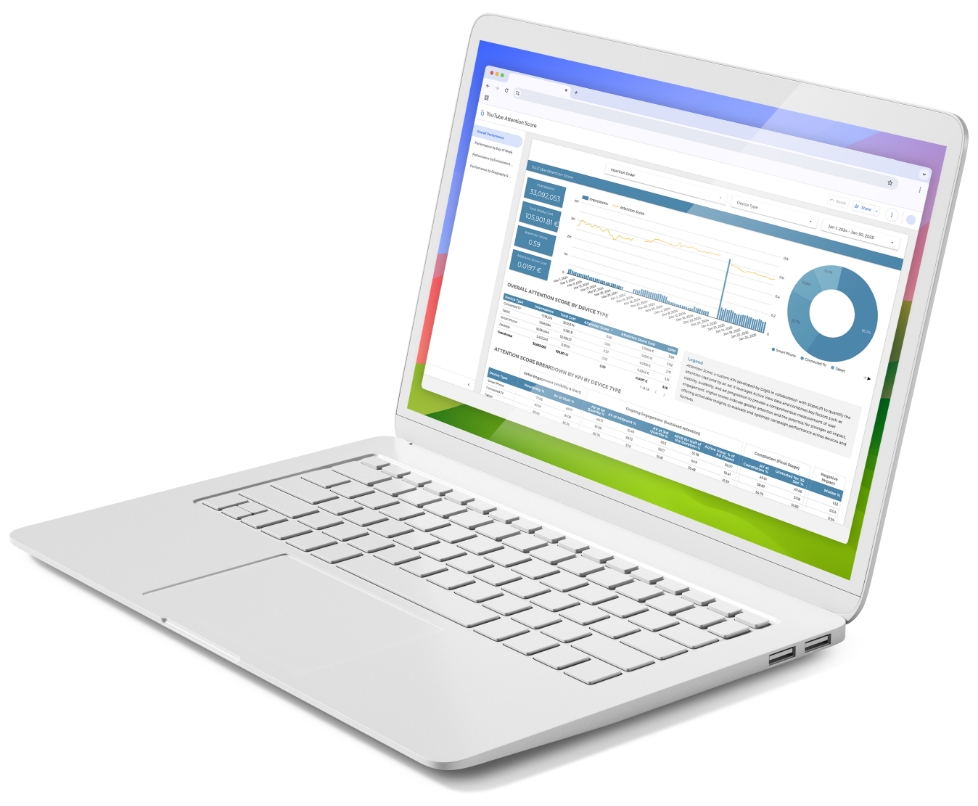
Dashboards & Reports
The results of advanced analysis projects, such as MMM and Attention Score analysis, are presented in a visually engaging and easy-to-understand format using dashboards. To enable these insights, tools like the DV360 API, BigQuery, Dagster, and DBT are used for automated and orchestrated data extraction, transformation, and the performance of calculations. The final output – whether it’s an Attention Score, sales, ROAS, etc. – appears in Looker Studio, transforming complex analysis into clear, visually appealing dashboards.
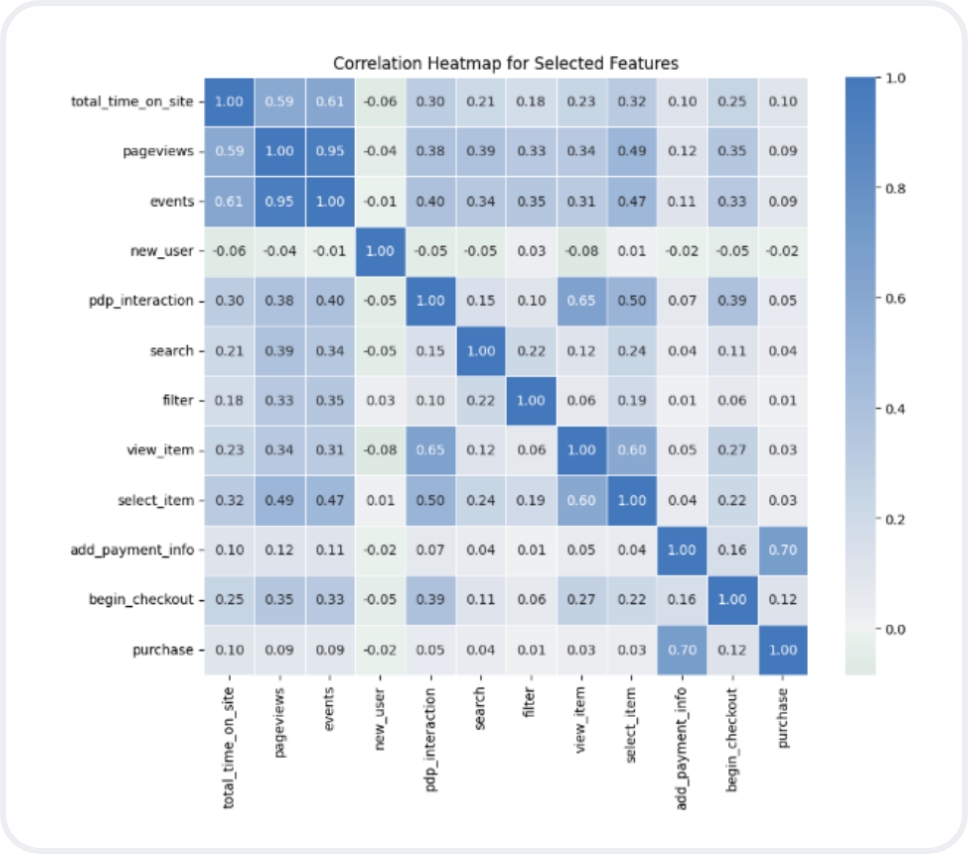
Data Integration
Integrating data is key to delivering precise and actionable insights. For MMM, factors like seasonality provide critical context, improving the accuracy of campaign performance predictions.
Predictive audiences also play a vital role in activation, helping to target the right users and optimize campaigns on CTV and beyond. For the activation of such predictive data, YouTube connected audiences can be used. In this process, Google Analytics 4 (GA4) is a central piece of technology applied for tracking of user behavior. Raw Google Analytics data is exported to BigQuery and Vertex AI Workbench, so that advanced models can be trained, tested, and evaluated using historical and unseen data. The entire analysis pipeline is automated and the process orchestrated, enabling seamless integration from BigQuery back into GA4 and activation through Google Ads or DV360 on YouTube CTV.
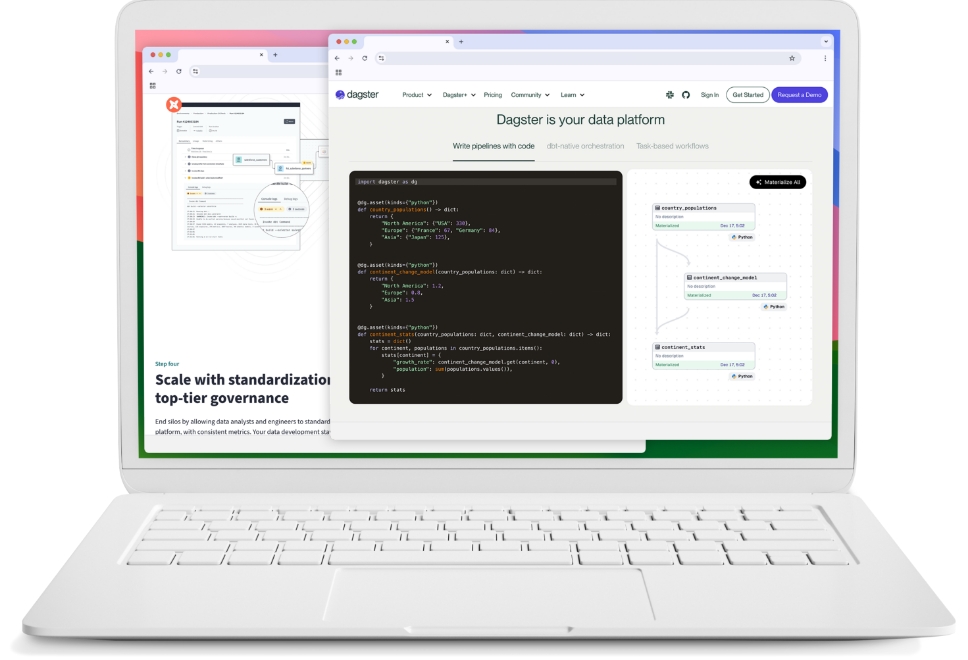
Process Automation
To automate and orchestrate the output of projects such as MMM and Attention Score, APIs and Google Cloud tools are used. To orchestrate and automate the data workflows, tools like Dagster and DBT are used, ensuring smooth and scalable data pipelines. This automation allows for the continuous flow of data from source systems into analytical tools with minimal downtime and manual oversight. Automating data transformations allows for consistent and reliably produced clean datasets required for advanced analytics.